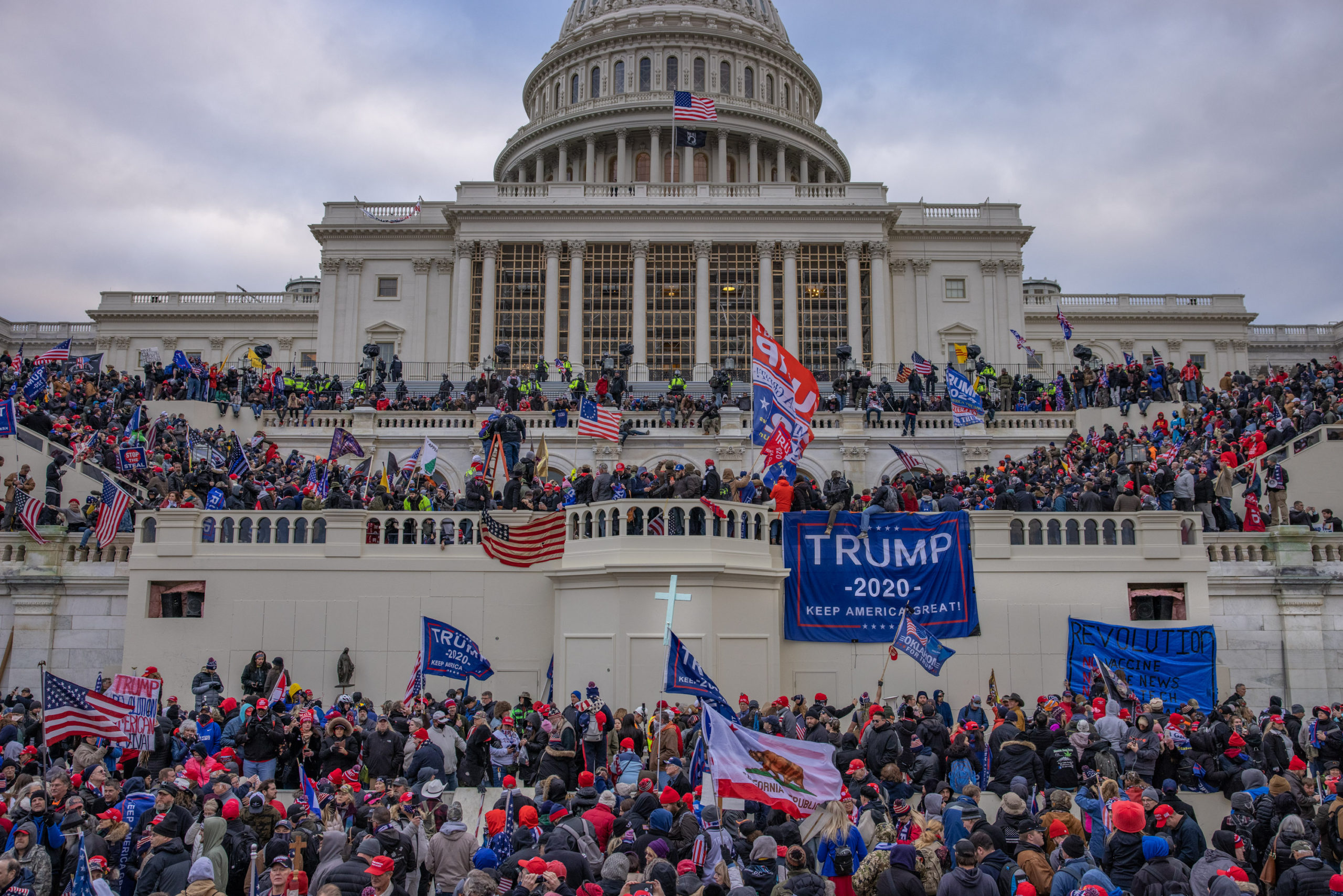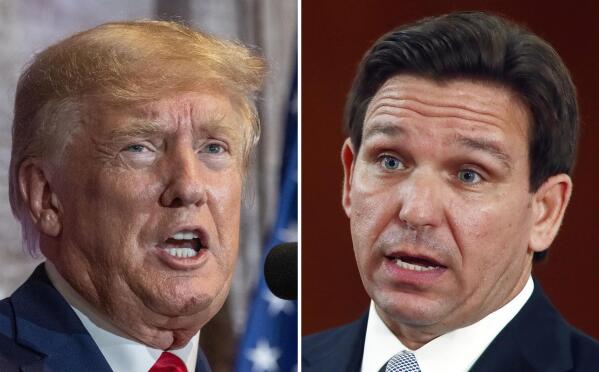
In early 2018, two Harvard political scientists — Steven Levitsky and Daniel Ziblatt — published How Democracies Die. Stretching over three hundred pages, the book’s central theme discusses how democratically elected politicians whittle away at the democratic process for their own gain. The book, which President Biden carried around during his successful bid for the presidency in 2020, told a frightening story about how democratic societies can be overtaken by authority figures. Levitsky and Ziblatt spoke of fateful alliances between extremist political elements and mainstream traditional political elements — wherein the mainstream politicians believe that they can harness the energy of the extremists without getting fully subsumed, yet inevitably get roped into the extremist’s viewpoints. They spoke of the informal “guardrails” of democracies — political norms and unspoken rules that protect our democracy, yet are not formalized in any one document or ruleset.
While the author’s writing about the guardrails of democracy and other more theoretical political constructs is interesting, the end of the book caught my eye: their vision of the future. When they wrote the book in 2018, they outlined three possible scenarios. The first they called the most optimistic — a swift democratic recovery, so to speak. In this rosy future, Trump would fail politically either by losing reelection or getting impeached, and Trump’s implosion would a) invigorate the Democrats to sweep into power and revert Trump’s damage to democracy, and b) cause the Republicans to “end their flirtation with extremist politics.”
The second was the opposite — the worst case future — and would see Trump survive impeachment threats and win a second term. In this scenario, the Republican party would continue its embrace of white nationalist and extremist politics, seeing it as a politically viable tool. Trump would use the second term to use techniques of “constitutional hardball” to “manufacture durable white electoral majorities.” Through large-scale deportation, strict voter ID laws, immigration restriction, and a wide array of other voter suppression techniques, Trump and the Republican party (now one and the same in terms of policy priorities, thanks to the aforementioned embrace of extremist politics by the GOP) would have free reign to implement whichever policies they liked.
Levitsky and Ziblatt considered this second scenario a “nightmare,” yet thought that it was unlikely. Their prediction for the future was instead a “middle ground” scenario, where Trump might fail to win in 2020, but polarization would remain extraordinarily high. Though “Trump and Trumpism” may fail more broadly, the traditional guardrails and informal rules of democratic institutions in America would, on the federal and state level, continue to be erased. Institutional warfare would be utilized when possible, leading America to become a “democracy without guardrails.”
Nearly a year removed from the 2020 Presidential Election, we have had time to judge the election and its aftermath to see if any of the predicted scenarios came true. The results are unfortunate.
Neither the described “nightmare” scenario nor the described “best-case” scenario came true. Though Trump was ousted in 2020 and the Democrats managed a trifecta, it was in a very narrow fashion. There was neither an implosion of Trump and the Trumpian ideology, nor was there widespread GOP victory underneath the Trump banner. The result is an odd middle-ground — one that wasn’t fully articulated or anticipated by Levitsky and Ziblatt — that contains parts of the described “middle ground” and the described “nightmare” scenarios.
Despite failing to retain power in 2020, Trumpism is still an immensely potent force within the Republican party. This is most evident through the removal of Liz Cheney from her GOP leadership position, the rising prominence of far-right figures such as Marjorie Taylor Greene and Lauren Boebert, the general embrace of the lie of election fraud by the majority of the Republican party, and the GOP’s general hostility towards the investigation of the events of January 6. Trump is clearly the most obvious choice for the Republican nomination in 2024. Polarization is extraordinarily high, and institutional warfare is clearly present in how both parties are gearing up to gerrymander as efficiently as possible ahead of the 2022 Midterms.
Even more frightening, however, is that the “nightmare” scenario can’t be ruled out completely — the fact that Trump remains the leading GOP political figure, and that the GOP seems to be rallying around “election fraud” as a key issues, means that the “nightmare” scenario still may be in our future. This is exemplified most clearly by how the America First Policy Institute, a think tank filled with former Trump administration officials, is outlining its policy priorities should Trump win in 2024. Those priorities include “trade, immigration, and education,” as well as a host of other election-related issues such as voter ID, the cleaning out of voter rolls, and other methods designed to help the GOP manipulate the electorate — exactly the policies that Levitsky and Ziblatt outlined in their “nightmare” scenario. And a Trump/GOP return to power isn’t far off — the 2022 midterms are sure to be harsh on the incumbent Democrats, with the House map in particular being unfriendly, and Biden’s approval ratings have sunk recently.
To summarize: the democratic recovery and Levitsky and Ziblatt hoped for in 2018, as they were writing How Democracies Die, is naught but a pipedream. Polarization, institutional warfare — democracy without guardrails — is the new norm. And seeing how the Republican establishment has become inescapably intertwined with Trump’s anti-democratic lies, there is no questioning where the fault lies. It is the Republicans who have willingly demolished the guardrails, leaving American democracy vulnerable.
In 1787, upon exiting the Constitutional Convention, Benjamin Franklin was asked about what type of government had been created. His supposed answer was simple, yet ominous: “A republic, if you can keep it.” Without the guardrails that have silently steered our democratic institutions for the past 200 odd years, can we?



